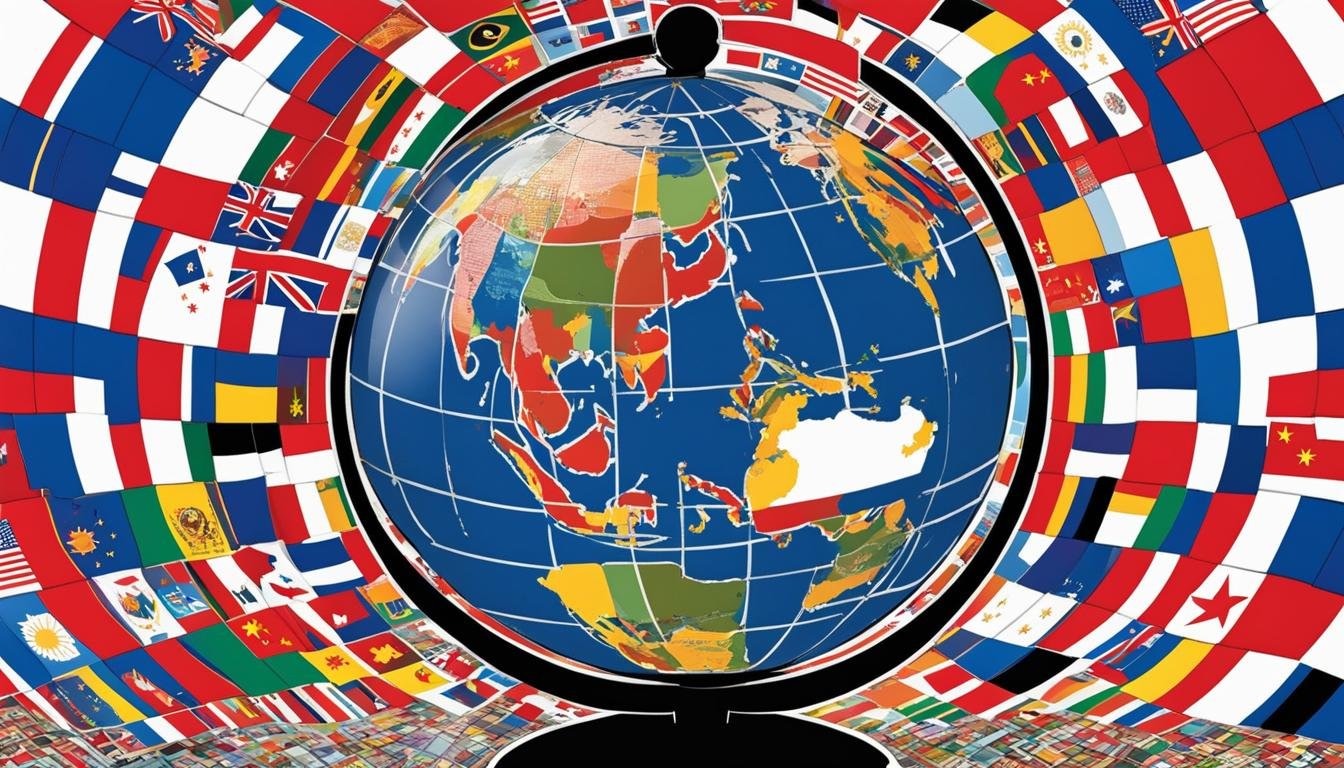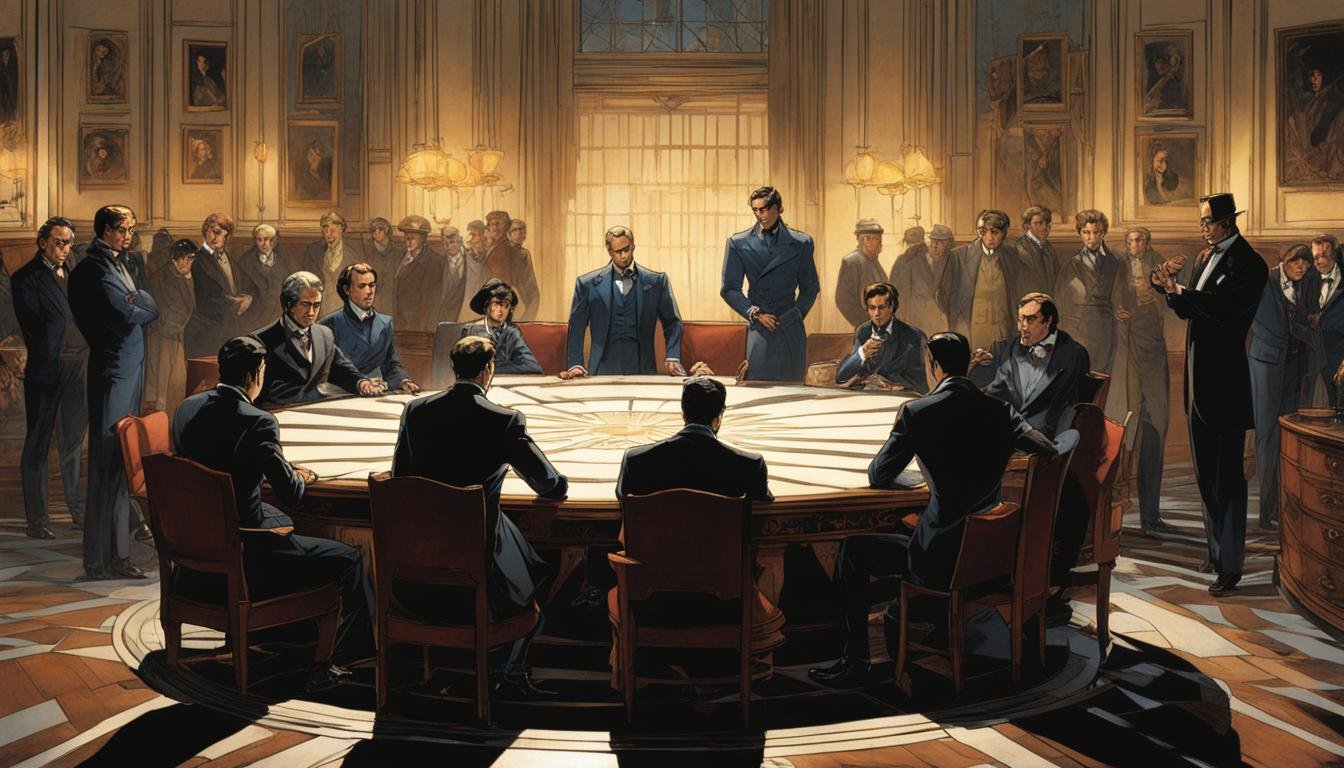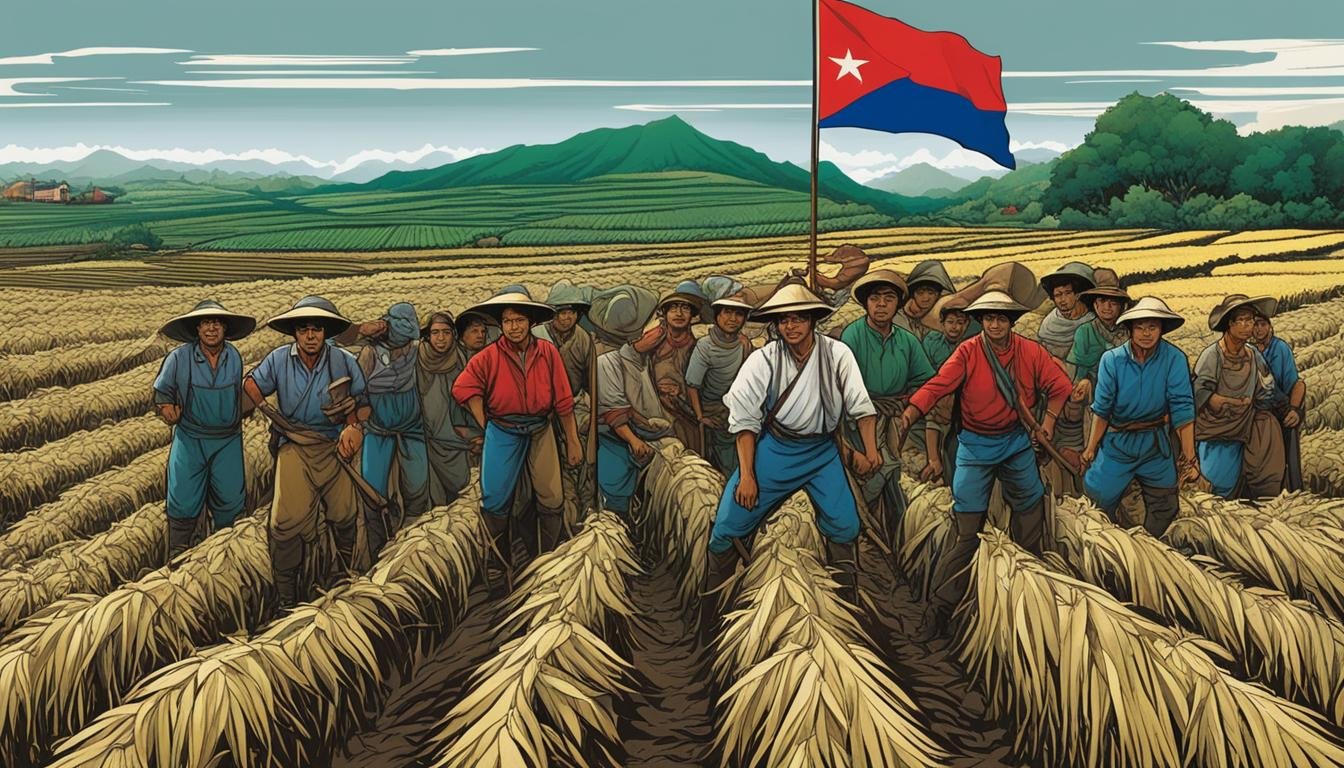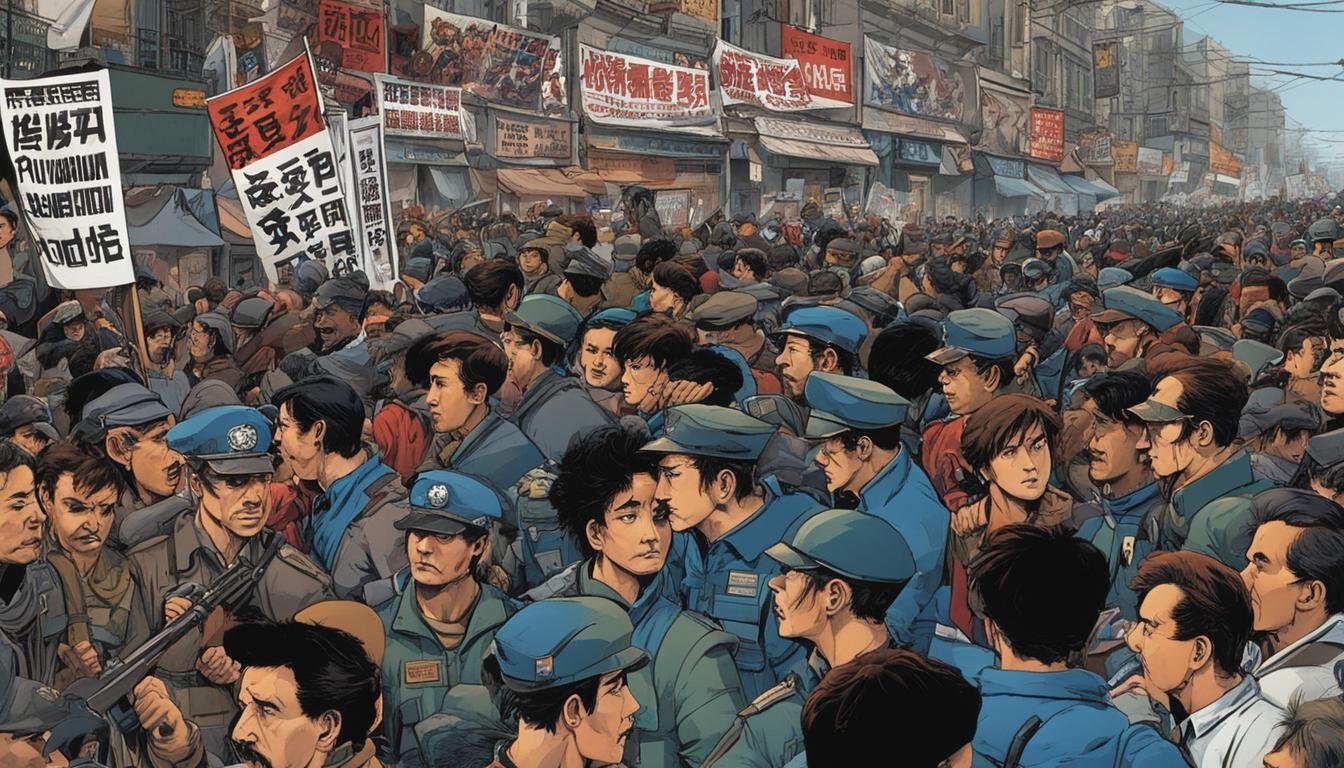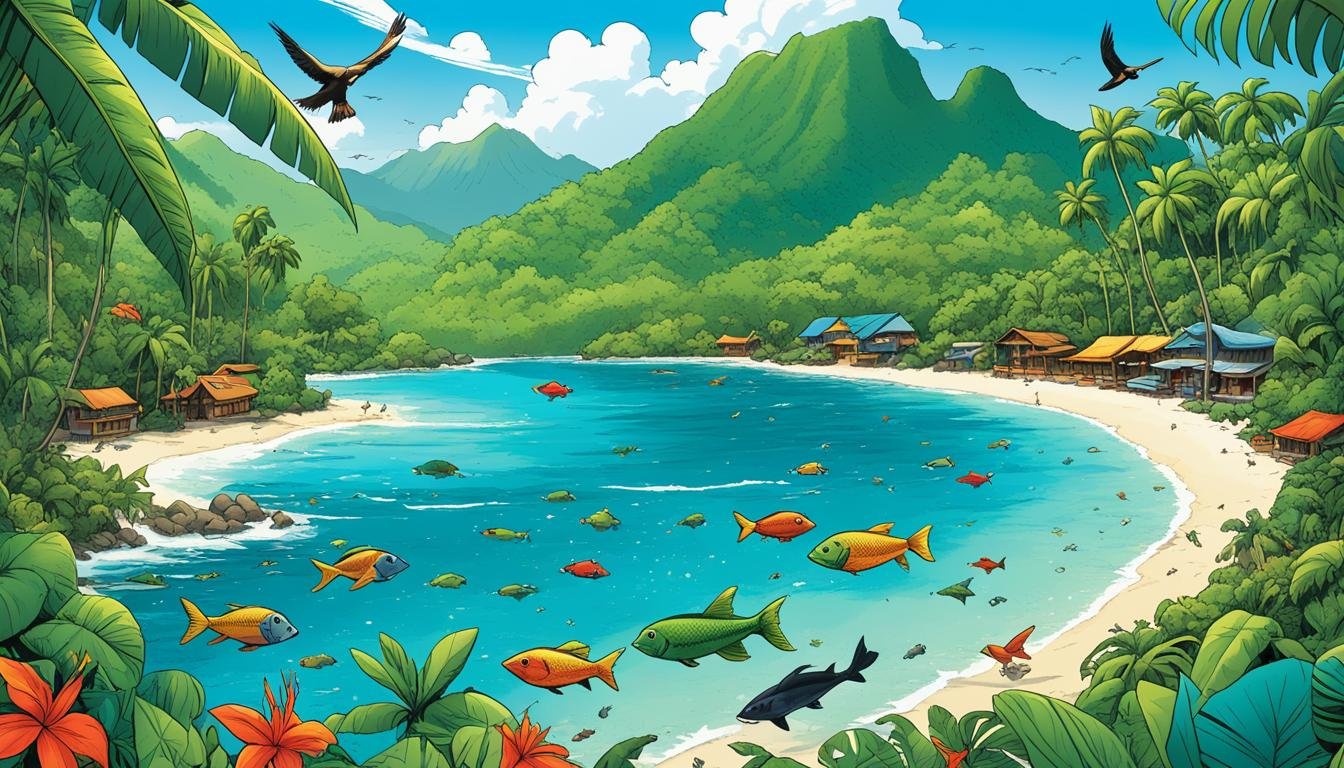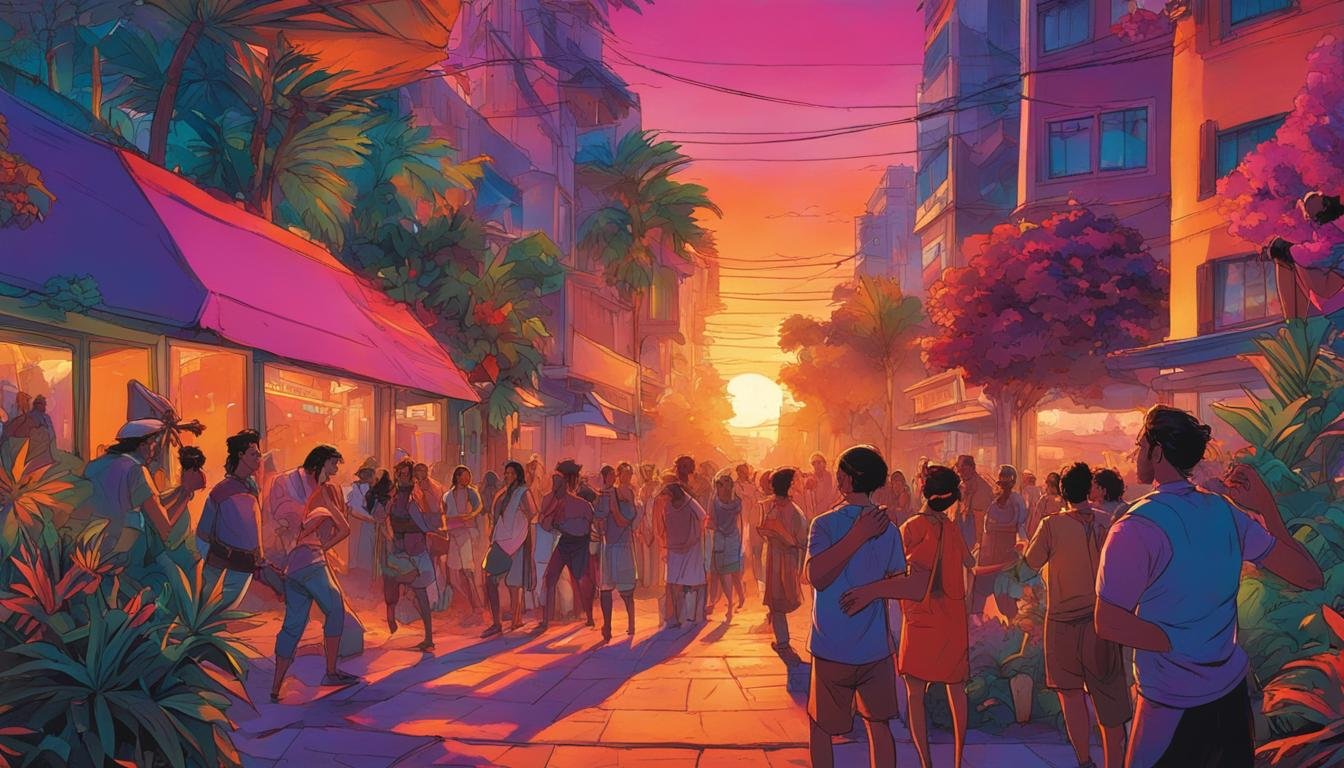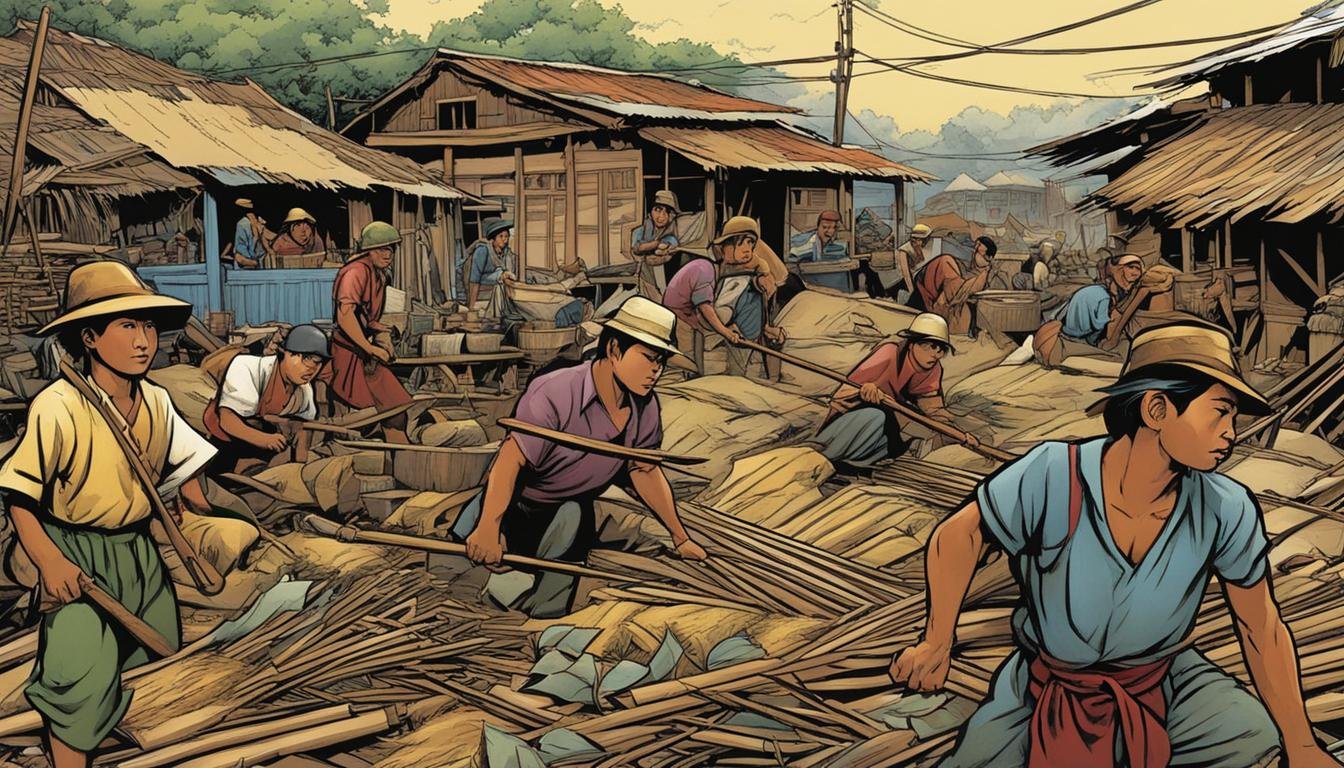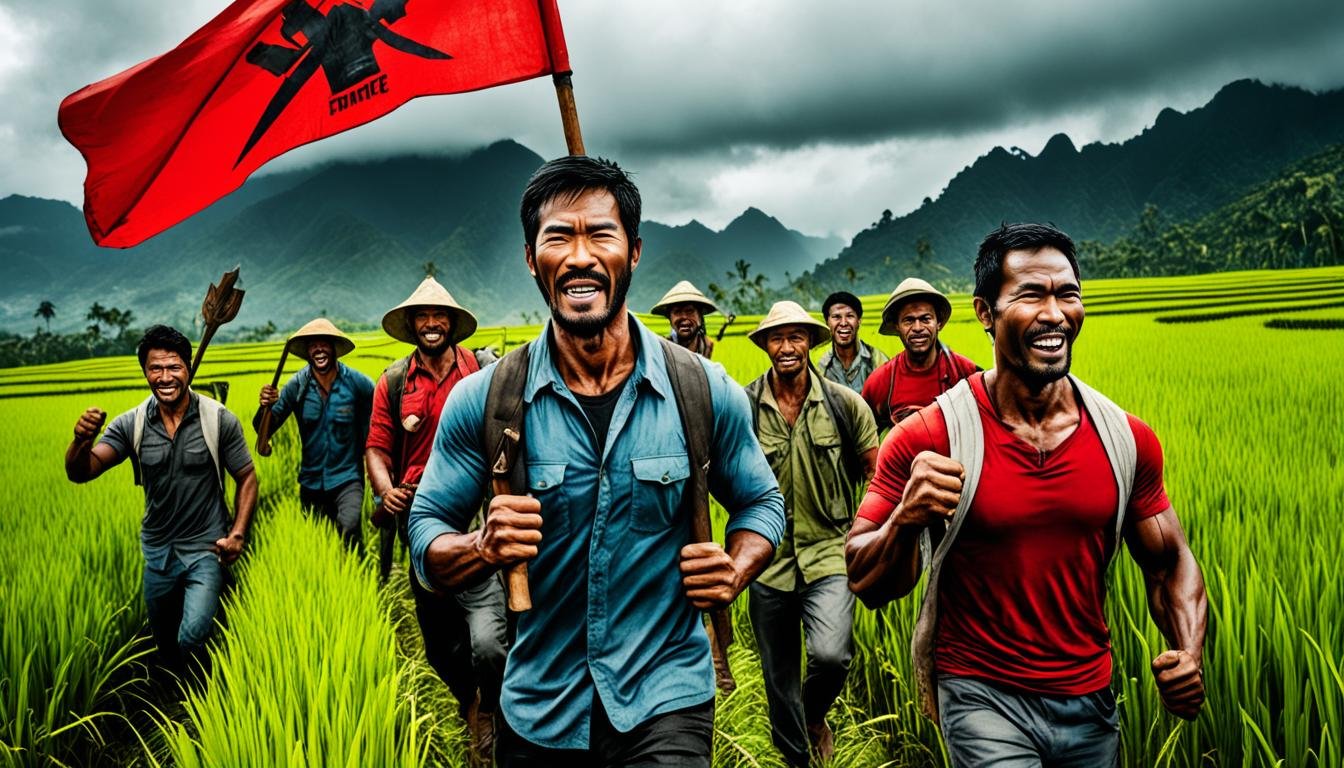Charting a Course in a Divided World The period from Philippine independence in 1946 to the declaration of Martial Law in 1972 marked a formative era for the nation’s engagement with the international community. Emerging from the devastation of World War II and shedding centuries of colonial rule, the nascent Republic faced the monumental task…
Post-Independence / Republic Era
The Philippine Constitutional Convention of 1971: The Prelude to Martial Law (1971-1972)
The period between 1971-1972 stands as one of the most tumultuous and defining moments in modern Philippine history. At its heart lay the Philippine Constitutional Convention of 1971 (ConCon), an ambitious undertaking born from widespread public clamor for systemic change and reform of the aging 1935 Constitution. Envisioned as a vehicle for national renewal, addressing…
The Macapagal Presidency: The Land Reform Program and the Change of Independence Day (1961-1965)
The Dawn of a New Era and Enduring Changes The period from 1961-1965 marked a significant chapter in the annals of Philippine history, defined by The Macapagal Presidency. Ascending to power on a platform of integrity and a promise to uplift the common man, President Diosdado Macapagal steered the nation through a complex era characterized…
Marcos Calls Snap Election in Bid to Retain Power
Marcos Calls Snap Election in Bid to Retain Power: A Nation on the Brink The twilight months of 1985 found the Philippines teetering on the edge. Two decades under the iron fist of President Ferdinand Marcos had transformed the nation. What began with promises of progress had devolved into authoritarian rule under Martial Law Philippines,…
The Philippine Population and Demographic Trends in the Post-War Era (1946-1972)
A Nation Reborn, A Population Transformed The period following World War II marked a profound turning point in Philippine history. Emerging from the devastation of war and achieving full independence from the United States on July 4, 1946, the newly established Third Philippine Republic faced the monumental task of reconstruction and nation-building. Central to this…
The Philippine Environment and Natural Resources in the Post-War Era (1946-1972)
Rebuilding a Nation on Nature’s Bounty The period following World War II, spanning from the declaration of Philippine independence in 1946 to the cusp of Martial Law in 1972, represents a pivotal chapter in the nation’s history. Emerging from the devastation of war, the newly sovereign Philippines faced the monumental task of reconstruction and nation-building….
The Philippine Science and Technology in the Post-War Era (1946-1972)
Rising from the Ashes – S&T in the Nascent Republic The end of World War II in 1945 left the Philippines physically devastated and economically crippled. Manila, once hailed as the “Pearl of the Orient,” bore the scars of intense fighting, second only to Warsaw in terms of wartime destruction. Yet, amidst the ruins, a…
The Philippine Literature and Arts in the Post-War Era (1946-1972)
Forging a Nation’s Soul Amidst the Ruins The period following World War II, from the formal declaration of Philippine independence in 1946 until the imposition of Martial Law in 1972, stands as a pivotal chapter in the nation’s history. It was an era defined by profound contradictions: the euphoria of liberation juxtaposed with the scars…
The Garcia Administration: The Filipino First Policy and the Austerity Program (1957-1961)
The period spanning 1957 to 1961 in Philippine History is inextricably linked to the presidency of Carlos P. Garcia. Thrust into office following the tragic death of the immensely popular Ramon Magsaysay, Garcia inherited a nation grappling with the complexities of post-war reconstruction, economic dependency, and burgeoning national identity. His administration became synonymous with two…
The Rise and Fall of the Hukbalahap Rebellion in the Philippines (1946-1954)
The post-World War II era in the Philippines was a time of immense change, marked by the euphoria of newly gained independence, the daunting task of national reconstruction, and simmering social unrest. Amidst this complex landscape, a formidable challenge emerged that would test the young republic’s foundations: the Hukbalahap Rebellion. Though its roots were firmly…

